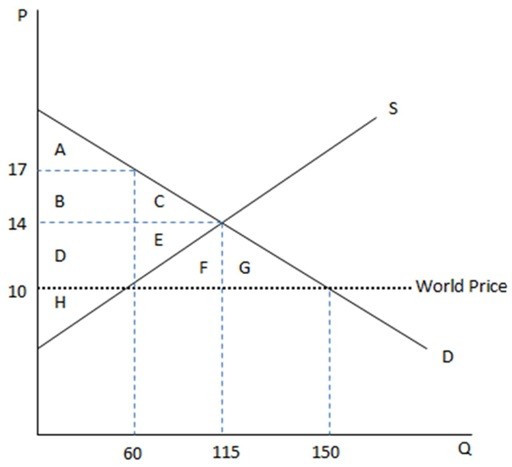The typical cost curves are U-shaped due to the
A. law of diminishing marginal utility.
B. law of demand.
C. law of supply.
D. law of diminishing marginal product.
Answer: D
You might also like to view...
Which of the following countries is not a member of the European Union?
a. Switzerland b. Portugal c. Sweden d. Ireland
Assume that the central bank lowers the discount to increase the nation's monetary base. If the nation has highly mobile international capital markets and a fixed exchange rate system, what happens to the GDP Price Index and net nonreserve international borrowing/lending balancein the context of the Three-Sector-Model? State your answer after the macroeconomic system returns to complete
equilibrium. a. The GDP Price Index remains the same and net nonreserve international borrowing/lending balance becomes more negative (or less positive). b. The GDP Price Index rises and net nonreserve international borrowing/lending balance becomes more negative (or less positive). c. The GDP Price Index falls and net nonreserve international borrowing/lending balance becomes more positive (or less negative). d. The GDP Price Index and net nonreserve international borrowing/lending balanceremain the same. e. There is not enough information to determine what happens to these two macroeconomic variables.
This graph demonstrates the domestic demand and supply for a good, as well as the world price for that good. According to the graph shown, if this economy were open to free trade, domestic producers would produce how many units?
According to the graph shown, if this economy were open to free trade, domestic producers would produce how many units?
A. 60 B. 90 C. 115 D. 150
A group of firms that coordinate their pricing decisions is called:
A. a monopoly. B. a duopoly. C. a cartel. D. monopolistic competition.